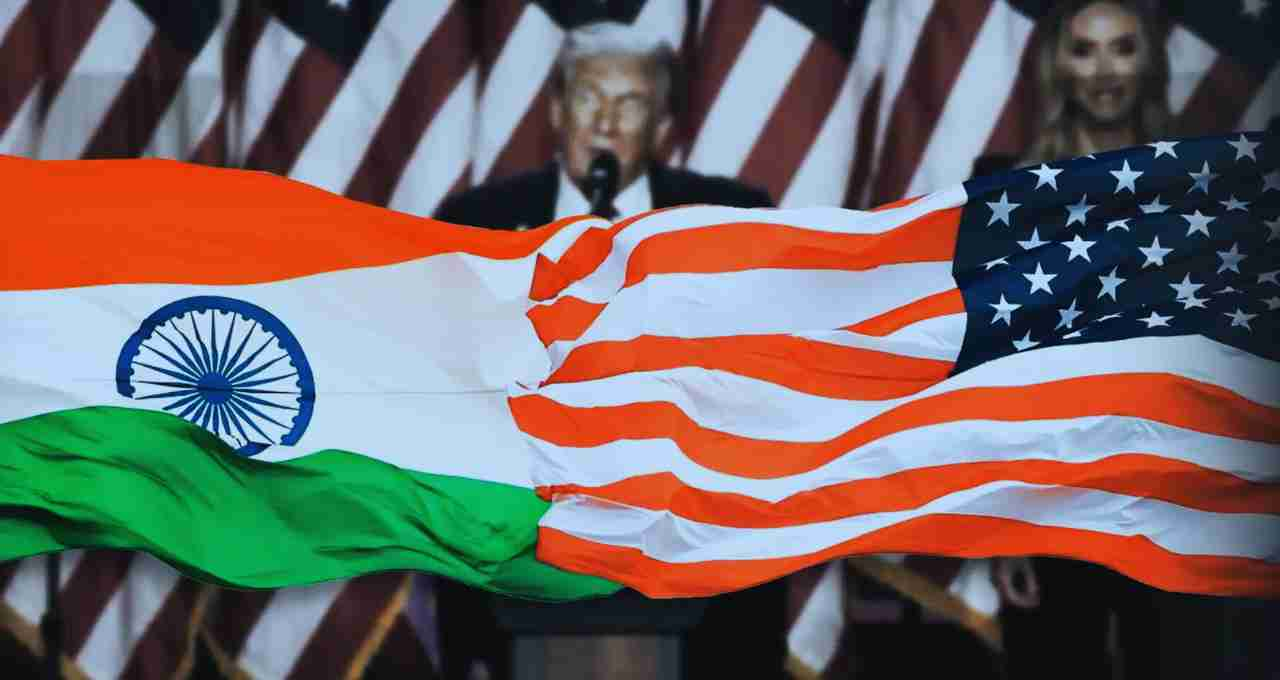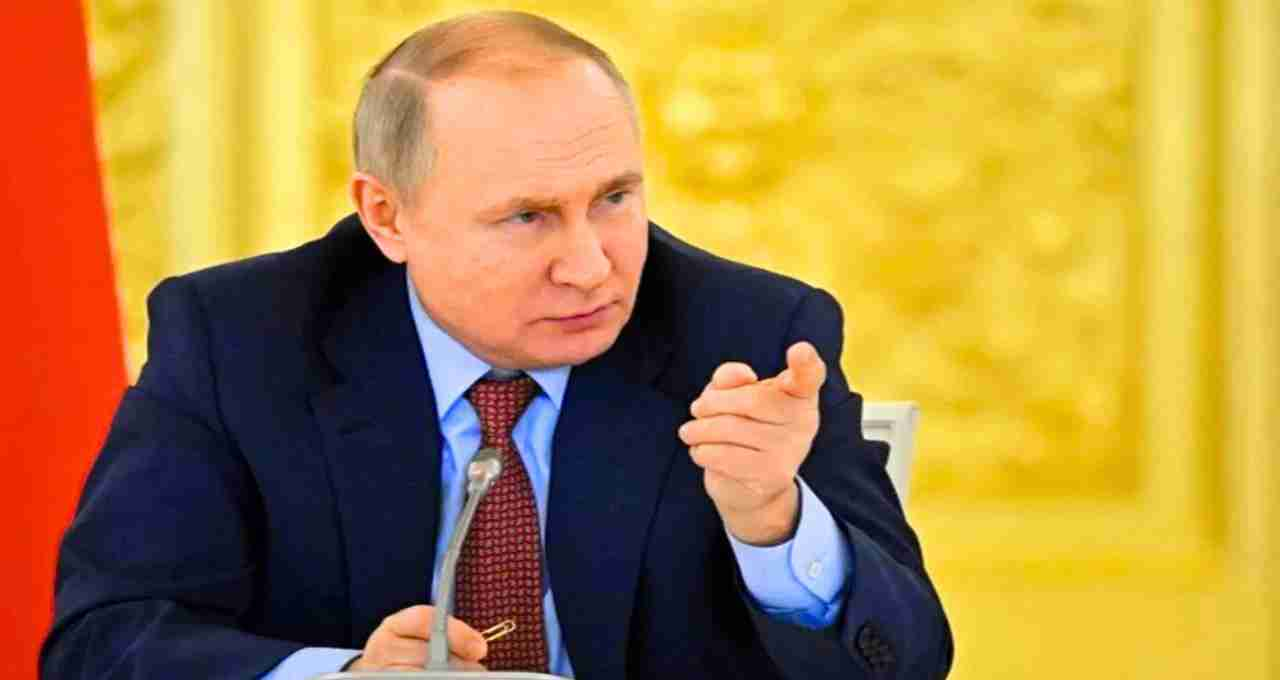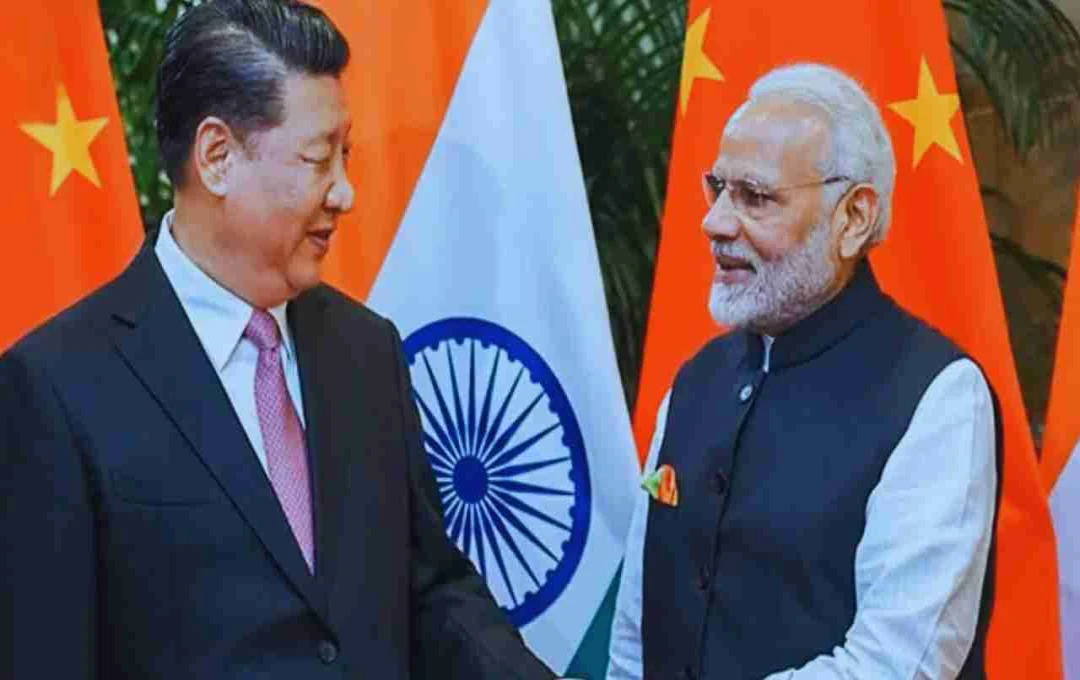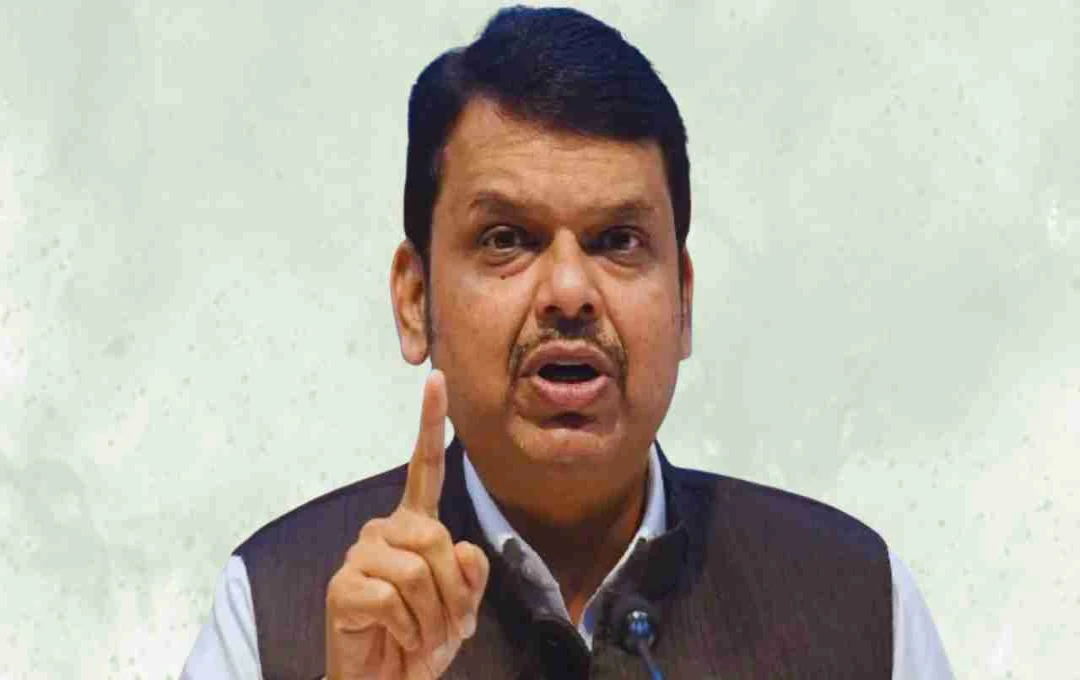The Indian government has restored tourist visas for Chinese citizens, effective July 24th. This decision comes at a time when relations between the two countries have been strained for a long period. Tensions escalated after the Galwan Valley incident. Now, the restoration of visas is seen as a step towards rebuilding trust between the two nations. This move could potentially open avenues not only for tourism but also for trade, investment, and technology.
China's Importance in Trade and Technology
India and China already share deep trade ties. India imports medical equipment, mobile phones, inexpensive electronics, and essential industrial raw materials from China. Dependence on China is evident in various sectors, from machinery to pharmaceuticals. Smooth trade with China implies reduced costs and greater stability in the supply chain for the Indian market.
Furthermore, it is essential for small and medium-sized industries in India to have access to affordable and high-quality raw materials from China. The restoration of tourist visas clearly signals India's intention to get these relationships back on track.
Impact of Growing Unease with US Policy

In recent times, a somewhat uncertain approach towards India has been observed in US foreign policy. Specifically, re-emphasizing Pakistan's importance and inviting the Pakistani army chief to the White House has become a cause for concern for India. This has compelled Indian policymakers to consider the extent to which reliance on the United States alone is prudent.
In this environment, India has started shifting its foreign policy towards a multi-faceted balance. Dialogue and cooperation with China are being viewed as a strategic option within this framework.
Easing Relations Despite Border Disputes
Despite the ongoing tensions on the border, both countries have demonstrated understanding in recent years. Efforts to maintain dialogue and communication at the military level continue. Now, steps like visa restoration indicate that India is interested in advancing relations, albeit with caution.
A reduction in border tensions would not only lessen the burden on the defense budget but also allow both countries to dedicate their resources to economic and developmental initiatives.
Opening the Way for Investment and Trade
NITI Aayog has also suggested that Chinese companies should be allowed to invest up to 24 percent in Indian companies without requiring government approval. This could accelerate long-pending deals and improve the investment climate.
Several Chinese companies already have an interest in manufacturing and technology sectors in India. If relations improve, these companies could become active again, creating new job opportunities.
New Opportunities in Tourism and Education
The resumption of tourist visas will increase movement between citizens of both countries. This will not only boost tourism, but also enable students and researchers to study and conduct research in each other's countries. India and China are both rapidly advancing in the field of education, and mutual cooperation can offer new dimensions.
Many Indian students study medicine and engineering in China. Conversely, some Chinese students are involved in research projects at Indian universities. This movement can deepen partnerships in the fields of science, health, and technology.
Russia's Significant Role

Russia has also been making efforts recently to maintain dialogue between India and China. Russia wants to maintain the balance of power in Asia and reduce the unilateral role of the United States. India also understands that if it wants to play an independent role on the global stage, it must not completely sever relations with China but rather maintain a balance.
India is Responding Intelligently to China's Strategy
India's approach towards improving relations with China now appears more mature. It is not solely based on emotions but is part of a concrete strategic plan. Retired military officers and strategic affairs experts believe that if China spoils relations with India, it will have to contend with a two-front situation – against both the United States and India.
Meanwhile, maintaining trade relations with China could become a way for India to reduce its dependence on the United States and strengthen its economic position.
Sign of India's New Foreign Policy
India's current foreign policy no longer wants to rely on just one country. While maintaining a balance between the United States, Russia, and China, India now wants to reach a point where it can make its own decisions. Friendship with China is not based entirely on trust but on need and strategy.
The restoration of tourist visas is a small but significant indication that India is now prioritizing flexibility and understanding in relationships, which could yield significant benefits in the future.













